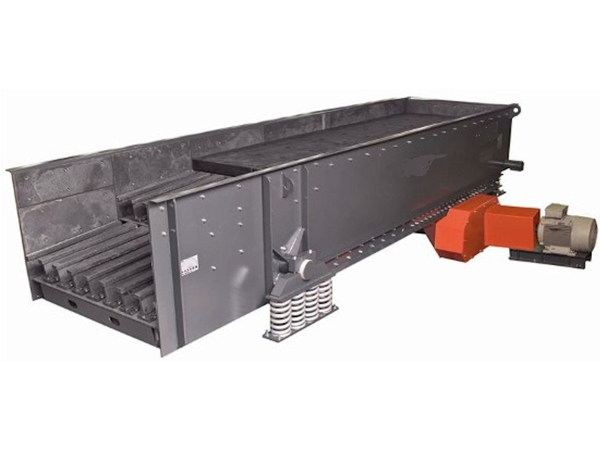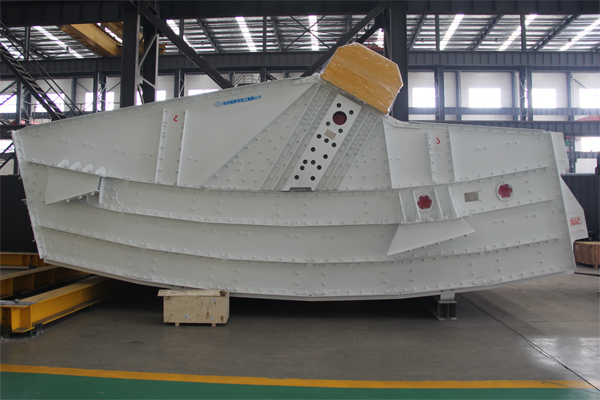How does a vibrating feeder work?
A vibrating feeder is a device used to convey bulk materials or granular products through the use of vibrations. It consists of a vibrating tray or chute that is mounted on springs or other vibration isolators to facilitate smooth and controlled movement.
How does a vibrating feeder work

Vibration Generation: The vibrating feeder contains an electromagnet or other type of vibration source that generates periodic vibrations. This vibration is transmitted to the tray or chute, causing it to move in a controlled, linear motion.
Material Loading: Bulk materials or granular products are loaded onto the vibrating feeder tray or chute. The tray may have an inclined or flat surface, depending on the application requirements.
Vibration Transmission: As the vibrating feeder tray or chute vibrates, the material on top of it experiences a series of small jumps or movements. These vibrations help to dislodge any particles that may be stuck together or compacted, ensuring a consistent flow of material.
Flow Control: The rate of material flow is typically controlled by adjusting the amplitude or frequency of the vibrations. By increasing or decreasing the intensity of the vibrations, operators can regulate the amount of material being discharged from the feeder.

Discharge: As the material reaches the discharge end of the vibrating feeder, it may be directed onto a conveyor belt, into a processing machine, or onto another conveying system for further transport or processing.
Adjustments: Operators can fine-tune the operation of the vibrating feeder by adjusting various parameters such as vibration amplitude, frequency, and tray inclination to optimize performance for specific materials and operating conditions.
Maintenance: Regular maintenance of the vibrating feeder is essential to ensure reliable operation. This may include inspecting and tightening fasteners, lubricating moving parts, and replacing worn or damaged components as needed.
Overall, a vibrating feeder operates by using controlled vibrations to convey bulk materials or granular products from a loading point to a discharge point in a continuous and controlled manner. It finds applications in various industries such as mining, quarrying, recycling, and food processing, where a consistent and reliable material flow is required.





